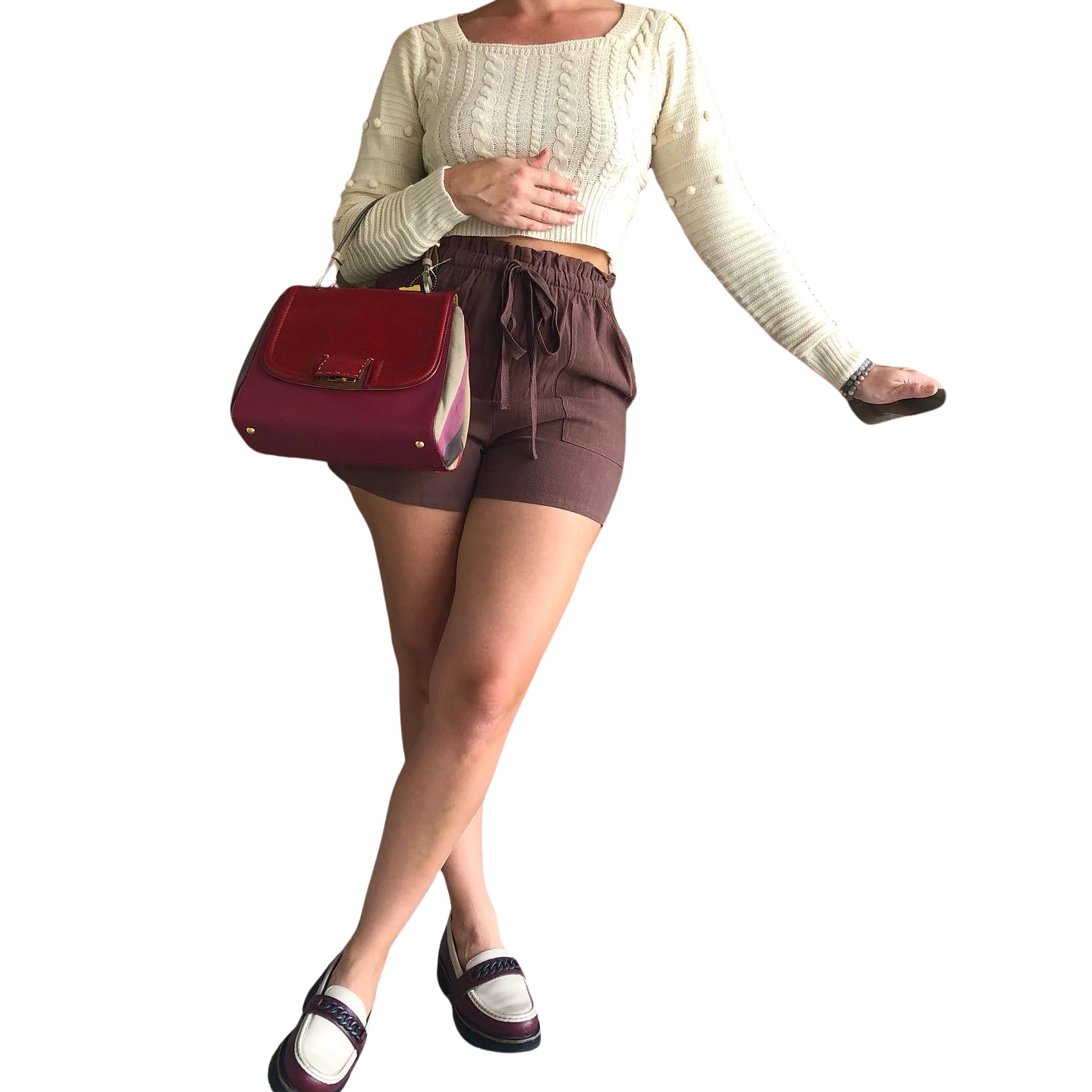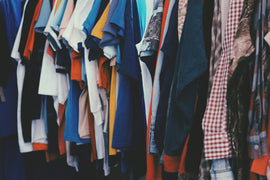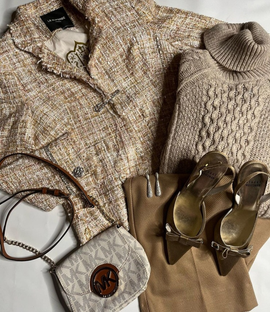When you think of luxury fashion, sustainability might not be the first word that comes to mind. However, the pre-loved luxury market is emerging as a powerful force in environmental conservation. Let's explore how your designer shopping habits can help protect our planet while maintaining impeccable style.
The Environmental Cost of New Luxury The luxury fashion industry, despite its emphasis on quality, contributes significantly to global environmental challenges. A single new leather handbag can require up to 17,000 liters of water to produce, and that's before considering the energy used in manufacturing and transportation. The statistics are sobering:
- The fashion industry accounts for 10% of global carbon emissions
- Luxury brands often destroy unsold merchandise to maintain exclusivity
- Even high-end synthetic materials can take centuries to decompose
Why Pre-Loved Luxury Makes a Difference When you choose pre-owned luxury items, you're participating in circular fashion – a model that extends the lifecycle of existing pieces rather than demanding new production. This choice has real environmental impact:
- Reduces demand for new raw materials
- Decreases water consumption
- Minimizes carbon emissions from production
- Prevents luxury items from entering landfills
The Quality Factor Luxury items are inherently more sustainable because of their quality. A well-made designer bag can last for decades, unlike fast fashion alternatives that might last only a few months. This longevity means:
Better Materials High-end designers use superior materials that age beautifully. Full-grain leather develops a rich patina, quality hardware maintains its luster, and expert craftsmanship ensures structural integrity for years.
Timeless Design Classic luxury pieces transcend seasonal trends, remaining stylish for generations. This timelessness is perhaps the ultimate form of sustainability – items that never go out of style never need to be replaced.
The Economic Perspective Sustainable fashion doesn't mean sacrificing value. In fact, pre-loved luxury shopping often makes financial sense:
- Access to designer pieces at significant discounts
- Potential investment value in certain classic pieces
- Better cost-per-wear ratio due to quality construction
- Opportunity to reconsider purchases through resale
Building a Sustainable Luxury Wardrobe Here's how to make your luxury shopping more environmentally conscious:
- Research brands' sustainability practices
- Focus on timeless pieces rather than trends
- Consider materials and their environmental impact
- Invest in proper care to extend item longevity
- Choose pre-owned when possible
The Future of Luxury The luxury market is evolving, with sustainability becoming increasingly central to both consumers and brands. Many heritage houses are now embracing resale and recycling programs, acknowledging that sustainable practices enhance rather than diminish luxury's appeal.
Making an Impact Every pre-loved purchase makes a difference. When you choose a pre-owned luxury item, you're:
- Supporting circular fashion
- Reducing waste
- Encouraging sustainable consumption
- Preserving craftsmanship
- Contributing to a more sustainable future
Final Thoughts Luxury and sustainability are no longer mutually exclusive – they're increasingly intertwined. By choosing pre-loved luxury items, you're not just making a style statement; you're voting for a more sustainable future with your wallet. The next time you're considering a luxury purchase, remember that choosing pre-loved isn't just good for your wardrobe – it's good for our world.




